Anti-storytelling
The human need for anti-stories
Media art:
Before approaching the task of writing this article, I spent quite some time wondering what anti-storytelling is – not only trying to place this word within my personal vocabulary, but also trying to understand what it means within Western art history.
Without pretending to offer a single, absolutist definition, I also hope that this article will spark constructive reflection and debate.
Anti-storytelling is, first and foremost, a deconstruction of traditionally and officially understood languages. An instance that goes against the laws of a given system present in a specific historical period. Consequently, Impressionism was also anti-storytelling, as were all, of course, the Historical Vanguards.
Although we are now tending to see only its aesthetic instances, what most likely moves anti-storytelling is something deeper, something that has (and must have) to do with political, social, and moral aspects.
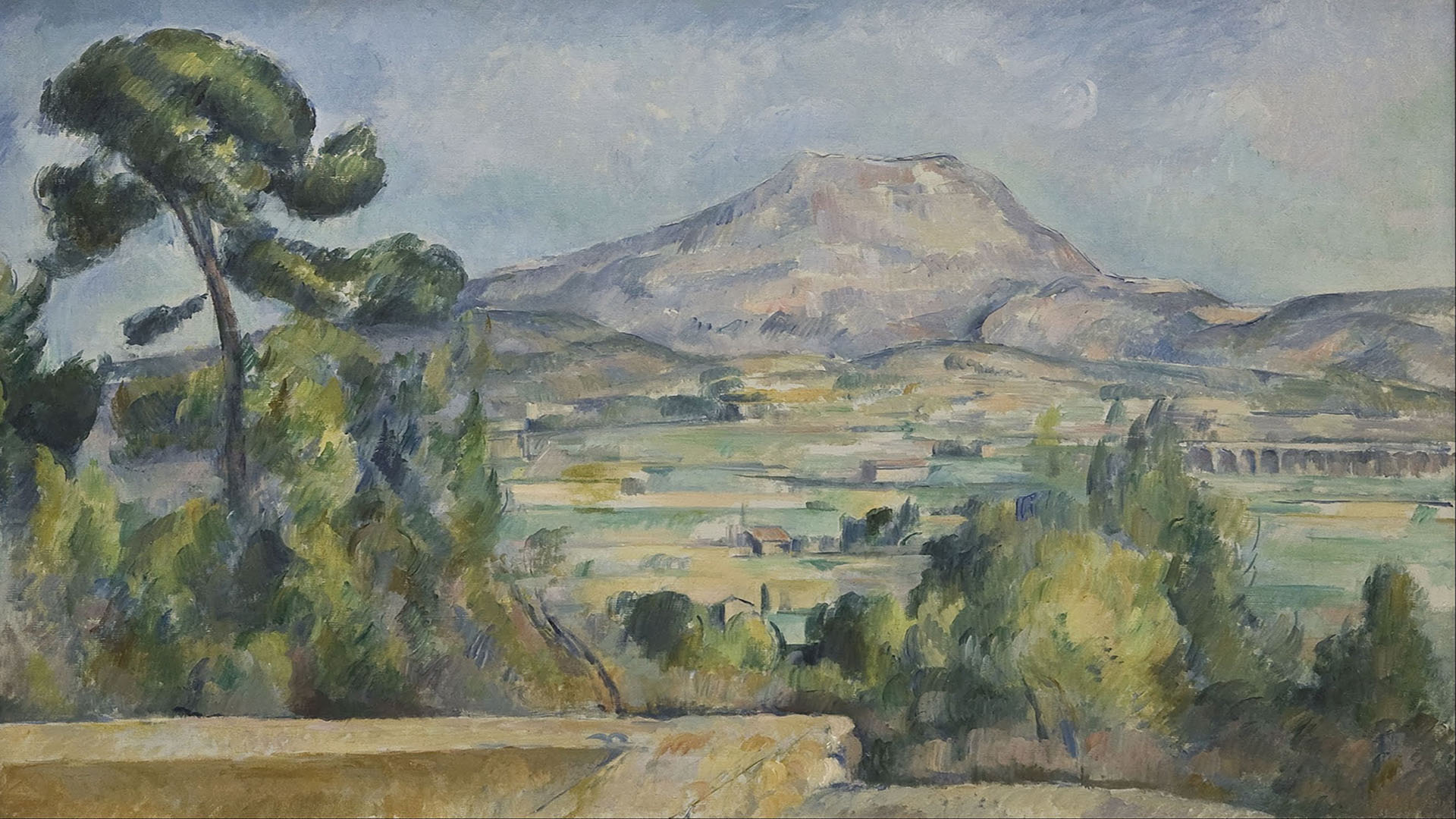
The structure of the anti-story
In the previous article we briefly saw what the prerogatives of a story are when written in the classical method. But what are the typical ones of an anti-story?
Said with a cliché, its rule is to break all the rules, contradicting the very idea of formal principle.
The anti-story has no plot, no narrative arc, and no character development. Although it too has its own internal logic and structure, it does not exactly tell a story. However, it can touch us emotionally and still tell us something.
From the very beginning, alongside the need for a classical method of storytelling (and “art making”) there arose the need to go against this current, overturning every point of contention; think of, for example, Virginia Woolf, James Joyce, Samuel Beckett, William S. Burroughs, or about Expressionism, Cubism, Dadaism (to name the most famous authors and artistic genres), the Nouveau Roman (Marguerite Duras, Alain Robbe-Grillet, etc…) or the cinema of Alain Resnais.
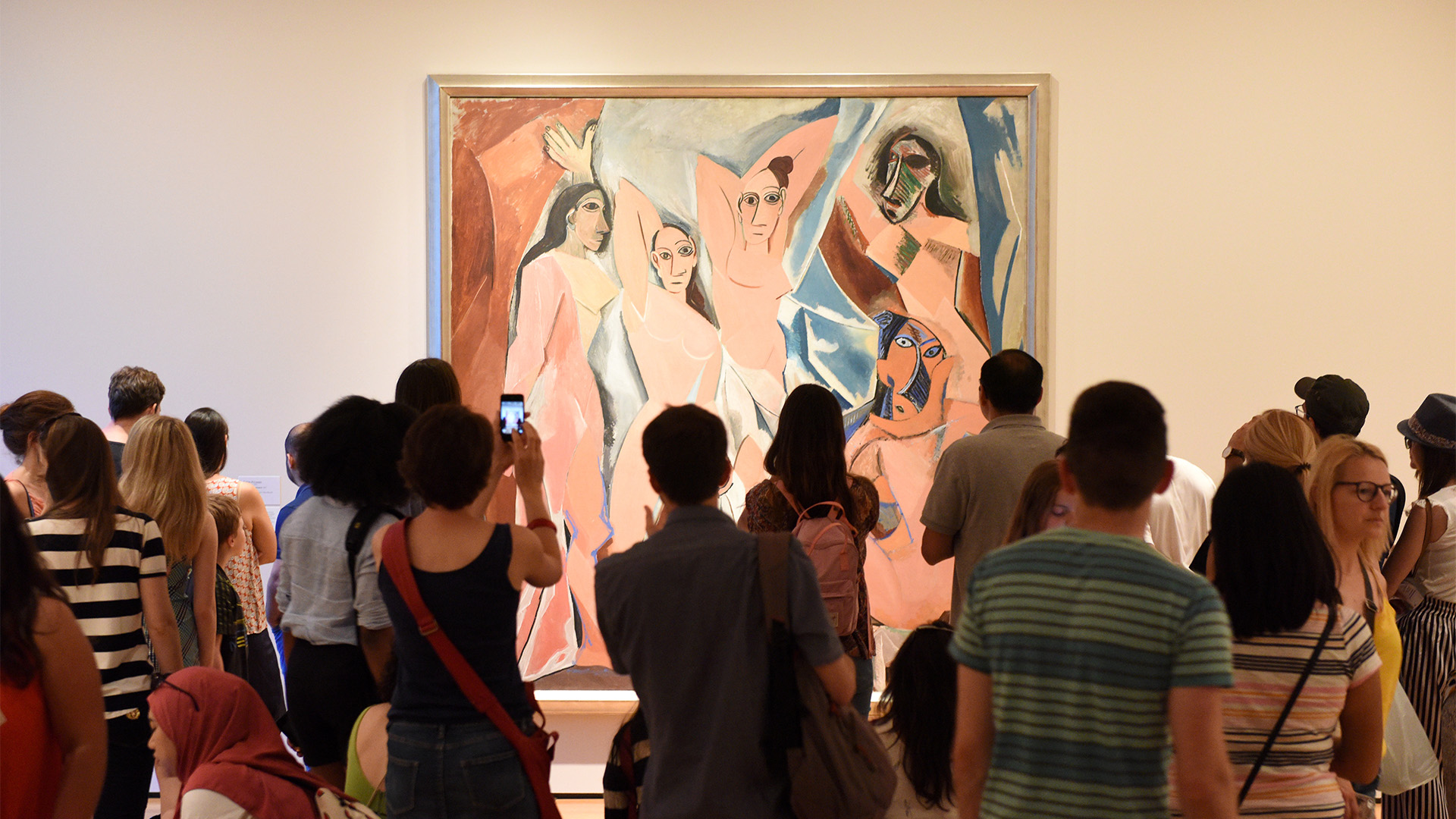
In anti-story writing or cinema, the life depicted is not a metaphor for “life as it is” (as is the case in the classical structure) but rather “as one thinks of it”. Events are often a-temporal, chaotic, fragmented, and accidental, while the characters do not even have an identifiable psychology.
However, anti-story does not mean “depicting things haphazardly at the artist’s discretion”; in fact, every well-constructed anti-story has its own formal unity which holds the whole narrative together and somehow makes it coherent in its incoherence.
It does not matter what formal technique is used, because there is a shared artistic necessity: that on the part of the author, of retreating into his inner world and, at the same time, opening a window for those who might feel like looking in. But with discretion.
However, this necessity on the part of the artist inevitably entails a thinning of the audience. Not everyone, in fact, is willing to stand and listen to what such a story may mean to us. The reason is simple: human reason works the same way as the classical model of storytelling, that is, by events that follow one another in a linear, consequential, causal, and deterministic manner. The classical storyline shows how things happen in the world, how each cause is followed by an effect and how this in turn becomes a cause that in turn triggers another effect. It reinforces the human need to believe that events happen for explainable and meaningful reasons according to a recognizable and, in some sense, predictable pattern. Instead, anti-plot replaces causality with coincidence, offering no foothold to which we can cling our insecurities.
Alain Robbe-Grillet, one of the exponents of the Nouveau Roman genre, believed that one should look at the form in order to find the true content of a work, not the anecdote itself. In the novel, therefore, grammatical time, sentence rhythm, and chosen vocabulary are more important to him than the plot pursued.
What he tried to construct, together with Alain Resnais, with the masterpiece L’année dernière à Marienbad (1961) are a purely mental space and time, without focusing too much on chronological and causal connections. The two authors reflected on the course of the human mind, how it proceeds in a nonlinear fashion – sometimes faster, sometimes slower – how it sometimes goes backwards and then immediately leaps forwards, how it registers inconsequential events and how it omits others that are apparently much more important…
They wrote about a mental time, made up of fullness, emptiness, obsessions and dark zones, a time of passions, of feeling, of the intimate reality of our lives. And here I connect to the statement that characterizes Bill Viola’s research, “No beginning / No end / No direction / No duration. Video as mind.”
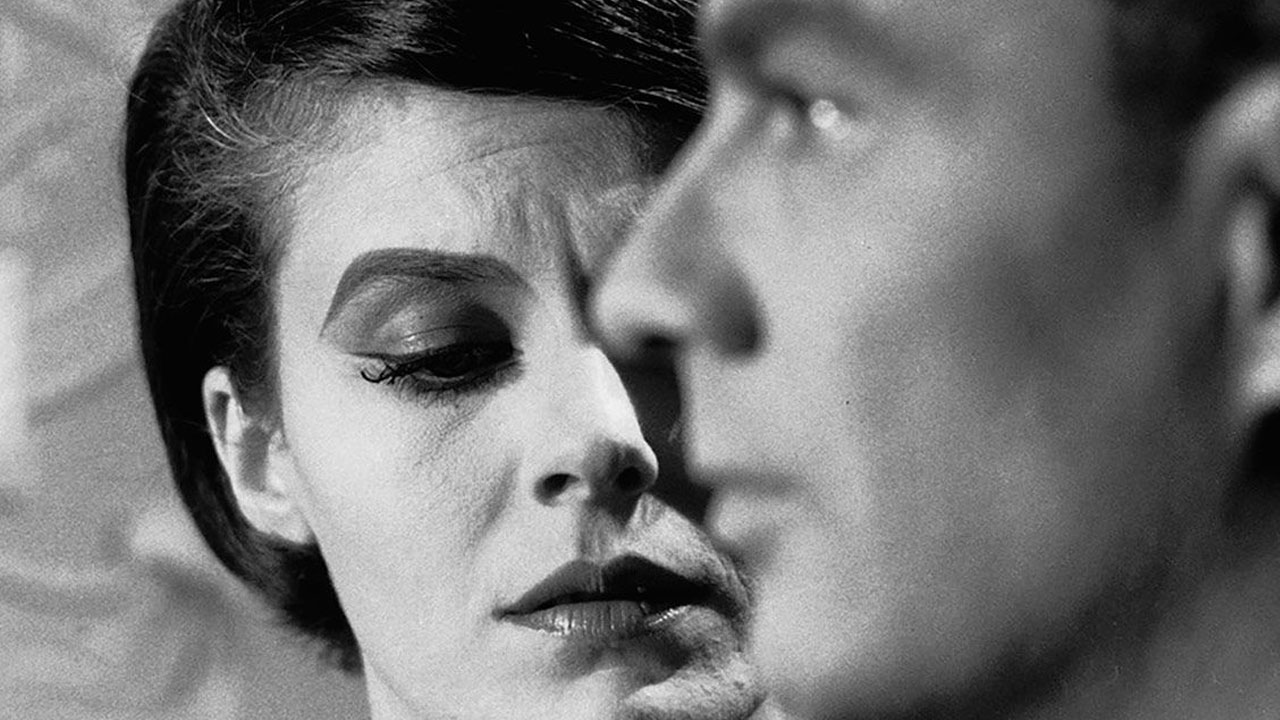
Alain Resnais, L’année dernière à Marienbad, 1961
What can we say about anti-storytelling today?
I want to take one last leap back in time and briefly mention a very important and perhaps still little-known figure. I believe he has the power to generate many insights that we can refer to in order to understand what meanings anti-storytelling can and should have today.
I apologize in advance if I cannot dedicate the necessary space to outline its complexity and depth, and I would be happy if some readers will then want to research his works at a later date. I am talking about Guy Debord.
Guy Debord was born in Paris on December 28, 1931. In the very early 1950s he approached the artistic trend of Letterism only to break away from it almost immediately and founded the Letterist International in ’52 and, finally, in ’57, the Situationist International.
Almost all of his work revolves around the concept of détournement, a process of appropriating non-original images, sounds, texts and emptying them of their original meaning, placing them in another context in which they acquire new meanings. A kind of “collage in motion.”
The theory, or, if you will, the politics, on which this practice is based is a response to what he calls The Society of the Spectacle, a term that lent its name to both a 1973 film of his as well as his most famous essay.
According to the author:
he continues,
For Debord, therefore, everything that is a spectacle “is to be destroyed.”
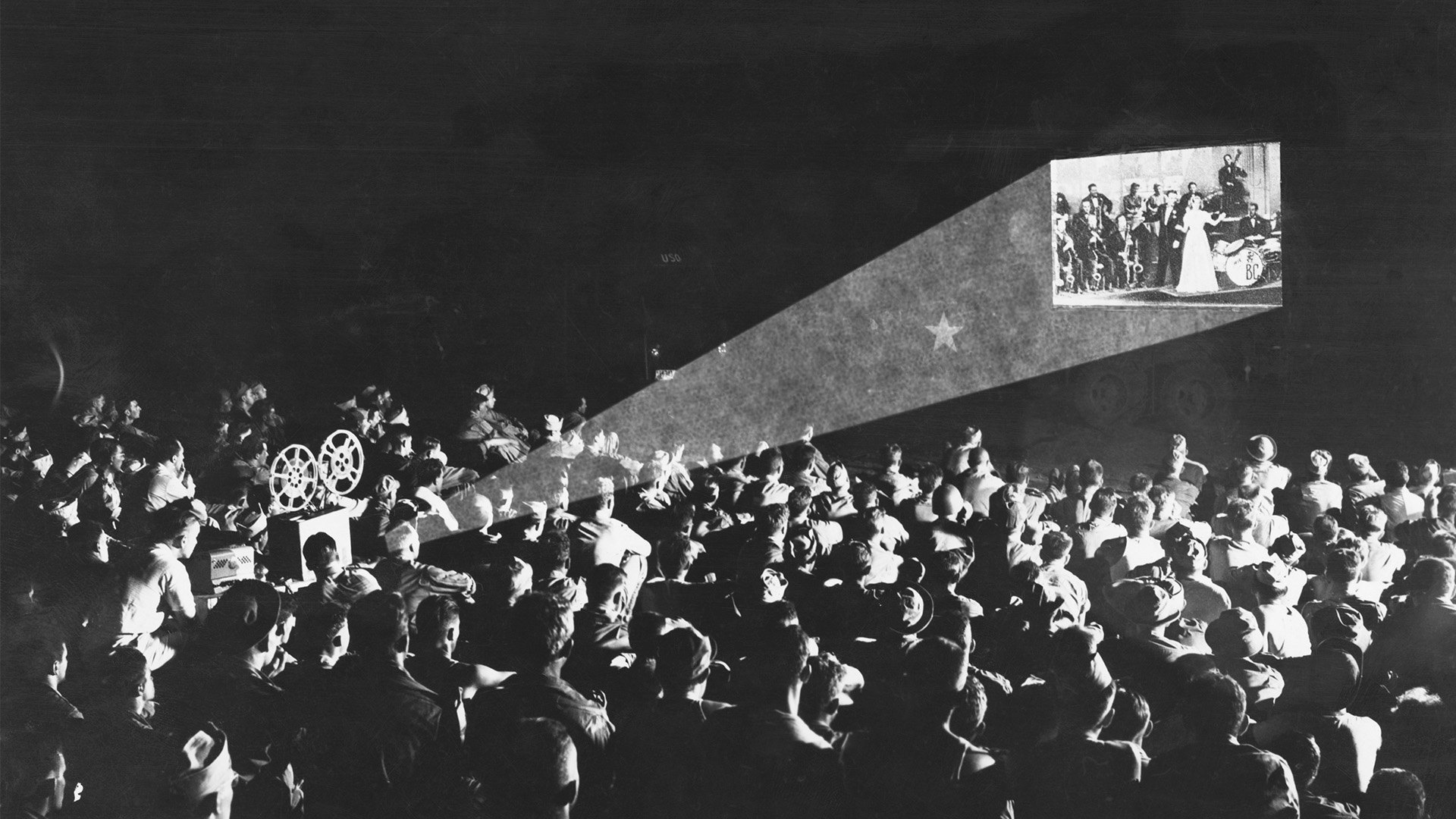
For him, the only way to communicate must be through works that are incompatible with the economy of the spectacle, thus anti-spectacular.
And he does this, first, by fighting the spectacle with his own weapons: images. Images, however, emptied of meaning, as we mentioned before, and re-injected into a new context, making them his own, distorting them in order to make his own theoretical assumptions.
And he does so, afterwards, by disappearing completely from circulation, by prohibiting public viewing of all his films. He does it through silence.
But the work that can perhaps give us the most food for thought starting from the context in which we live today is his first film, Hurlements en faveur de Sade (1952), lasting an hour and a quarter. Completely devoid of images. Only an alternation of white and black screens appears. For the entire duration of the film. When someone speaks, the screen is blindingly white; when no one speaks, the screen remains black. In the total span of the film, there are no more than twenty minutes of light and recitation. In this film Debord probably felt the need to make a clean slate, to strike a line through everything that had been considered cinema up to that point, to make the “white square on a white background,” in the same spirit as Malevic.
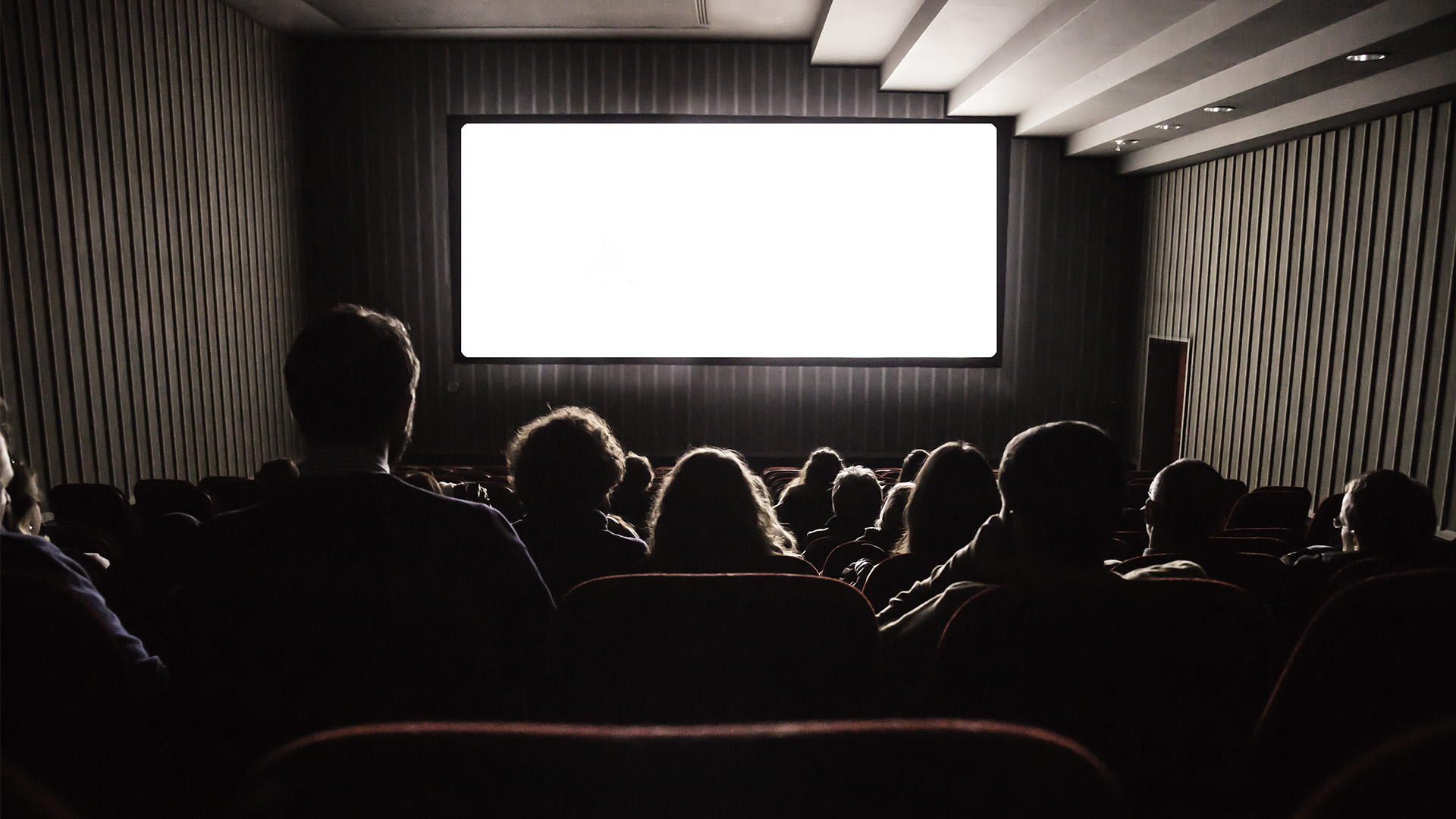
Have a look at Hurlements en faveur de Sade
And here I close with a question which is not meant to be as provocative as much as sincere: has the time come, perhaps, to wipe the slate clean once again? To eliminate images altogether and return to the black screen – that is, to silence? Anti-storytelling also means radicality, and with it the risk of not being considered.
Irene Toniolo
Director and Visual Artist
Bibliography:
Robert McKee, Story, Methuen Publishing, 1999
Alain Robbe-Grillet, L’anno scorso a Marienbad, Einaudi, 1961
M. Dall’Asta, M. Grosoli, Consumato dal fuoco. Il cinema di Guy Debord , ETS, 2011
E. Ghezzi, R. Turigliatto, Guy Debord. (Contro) il cinema, Il Castoro, 2001

